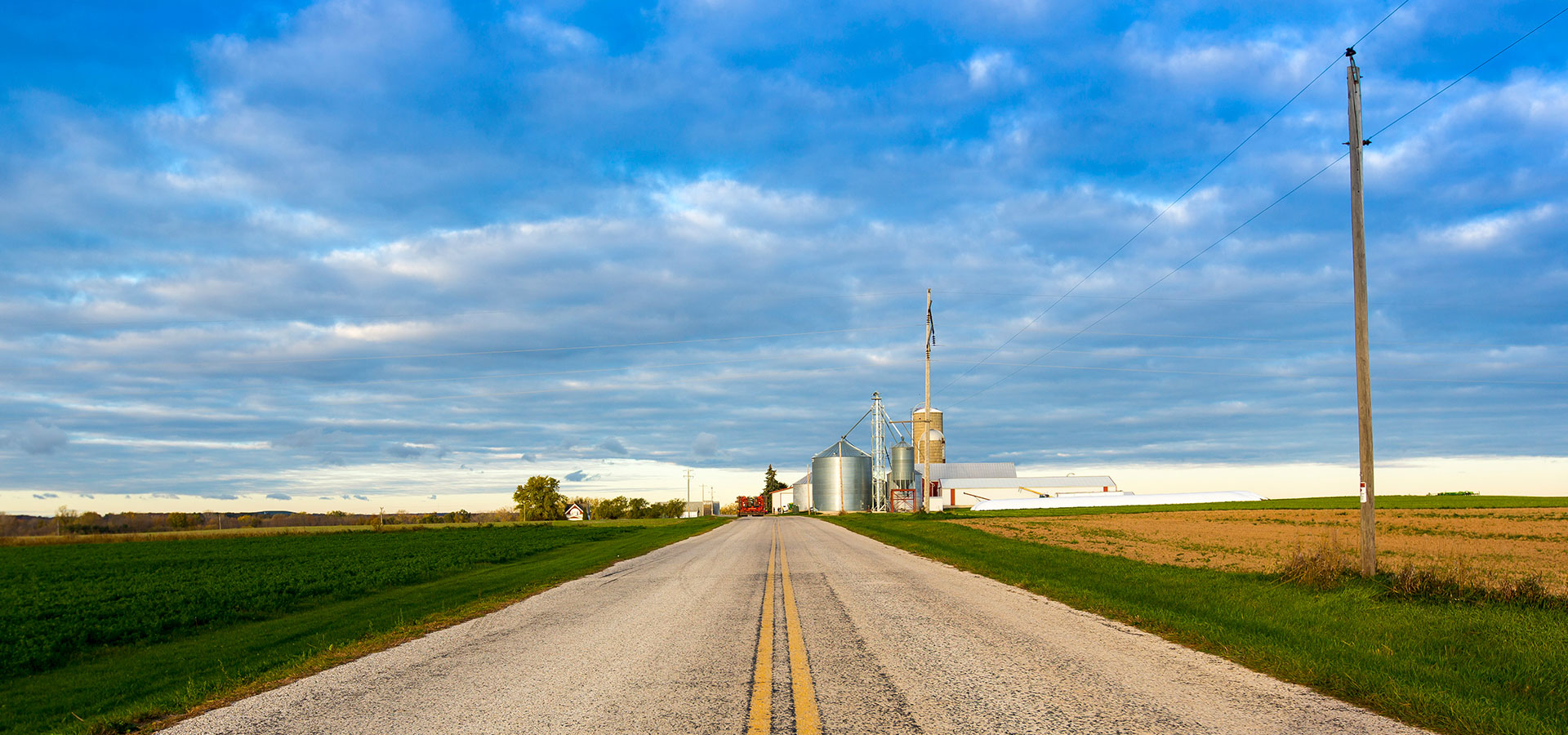
The U.S. Senate passed the bipartisan infrastructure bill by a vote of 69-30. This has been called by many as a “once in a generation” package and is the largest long-term investment in infrastructure in nearly a century. The bill is approximately a $1 trillion spend over eight years considering existing public works projects and an additional $550 billion of new spending.
The new spending would be used for:
- $110 billion on roads and bridges
- $66 billion on rail
- $40 billion on transit
- $65 billion on broadband
- Additional funds on other infrastructure including power, water, power resiliency, and orphan wells
The new spending would be paid for with:
- Private investment
- Public private partnerships
- Municipal bonds
- Internal Revenue Service tax gap funds
- Redirect unused unemployment insurance relief funds
- Other unused COVID relief funds
It sounds like income tax and estate tax changes are off the table for this package as a way to get Republican support on the bipartisan agreement. The package has been widely endorsed by ag groups including the Farm Credit Council and the American Farm Bureau.
The next step is for the House to pick up this bill when they return from their August recess.
Senate Moves Right Into Budget Reconciliation Bill
After passing the infrastructure bill, the Senate immediately moved into consideration of a $3.5 trillion budget reconciliation resolution, passing a procedural vote along party lines 50-49. As a refresher, the reconciliation process is a means for the Senate to move legislation quicker, needing only a 50% majority vote to proceed instead of the customary 60 vote threshold. It can only be used on budget items - spending, taxes & debt ceiling - and only three times in a fiscal year. It was designed to help move budget issues along quicker to avoid government shutdowns. The Democrats used it during the Obama administration to pass the Affordable Care Act (Obamacare) while Republicans followed suit during the Trump administration to pass the Tax Cuts and Jobs Act of 2017. Most recently, Democrats used it last March to pass the American Rescue Plan Act of 2021 (COVID relief).
The Senate Democrats laid out the first step Monday by releasing a fiscal budget resolution that provides general instruction to each of the committees. By design there are few details, leaving it to the committees to write the provisions for their portion of the budget. It includes many of the climate, health and social welfare programs that were in the President’s American Jobs Plan but didn’t make it into the infrastructure package. AgriPulse reports that it includes $135 billion for ag and child nutrition that will be directed by the Senate Ag Committee.
As far as how it will be paid for, again there are very few details. AgriPulse reported yesterday that it will be paid for with a border carbon tariff, tax increases on wealthy individuals and capital gains tax increases. There’s been much discussion that farms and small businesses will be exempt from many of these tax increases, but the devil is in the details. We’ll continue to monitor this closely.
It’s expected the Senate will forego the usual 50 hours of debate as they are in a hurry to move into their August recess and get out of Washington. They may move directly into voting and “vote-a-rama”, the term used where any number of amendments can be offered, which the Republicans will likely submit many in opposition to the terms of the bill. Once they move to vote to proceed, it’s expected all Republicans will oppose the resolution. That means it will take the vote of every Democrat to get it passed, with Vice-President Harris serving as the tie-breaking vote. Depending on what’s in the resolution and how it will be paid for, it may not get the vote of every Democrat.
Once the resolution is passed by the Senate, it will need to be approved by the House of Representatives. Committees will then work on the actual bill language, which could happen as soon as September. It would then need to go back to the Senate and House for final approval. Final passage could take months. We’ll continue to watch this closely.



